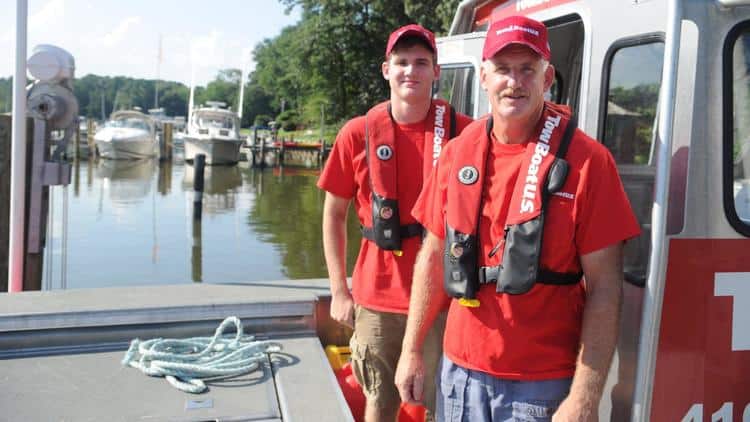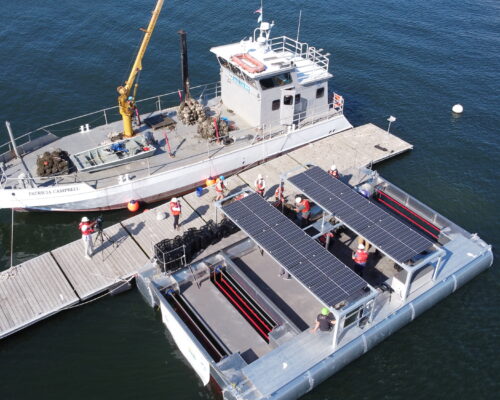We are learning that the Chesapeake Bay region will get a share of the $78 million
approved through a federal grant program called the North American Wetlands Conservation
Act (NAWCA).
Of that sum, $1 million is for the Delmarva peninsula, an area on the mid-Atlantic shore encompassing most of Delaware and parts of Maryland and Virginia. Titled “Delmarva Oasis I”, this proposal was submitted by Ducks Unlimited in partnership with nonprofits and private landowners who are providing $2 million in matching funds. The money will be spent on permanently protecting over a thousand acres of wetlands.
The Delmarva peninsula is in a densely populated area: 1.5 million people live on the peninsula,
and Philadelphia, Wilmington, Baltimore, and Washington, D.C. surround it. Despite the development, the peninsula has seven national wildlife refuges and 12 globally-significant bird areas identified by Audubon. These are critical habitats for species like the American Black Duck that travel the Atlantic Flyway, a migratory path from Canada to the Caribbean.
For this grant, Ducks Unlimited is working with land trusts like Delaware Wild Lands to purchase titles or place land under conservation easement. One parcel they are buying is a 225-acre property on Delaware’s northern end. It is a “particularly good habitat for waterfowl and migratory birds,” Kate Hackett, Delaware Wild Lands executive director, explained. It also borders a state wildlife area and privately conserved property, creating “23,000 acres of continuous protected land,” Hackett said.
When Hackett first learned about this property, she knew that Delaware Wild Lands alone would not be able to buy it, so she looked to Jake McPherson, the director of development at Ducks Unlimited, who incorporated this purchase into the NAWCA grant. With this money, Delaware Wild Lands will protect and restore a mix of tidal and freshwater wetlands and coastal areas vulnerable to storm surges, erosion, and rising sea levels. They have already begun removing invasive species and creating habitat buffers around farm fields.
This purchase fits into a larger conservation effort—“Delmarva Oasis” refers to a goal set by the Delmarva Restoration and Conservation Network, a partnership of dozens of local, state, and federal stakeholders, to protect 50 percent of the peninsula by 2030.
“This is the first attempt to have peninsula-wide coordination so that we are all marching to the same tune,” Dan Murphy, manager in the U.S. Fish and Wildlife Service’s Chesapeake Bay Field Office, said. “When you have a landscape-scale problem, you need to plan and implement on a landscape scale too.”
While the $1 million grant is a start, more money is needed to reach the 2030 goal, McPherson explains. An additional funding source is the Chesapeake WILD Act, which became a law in 2020 and appropriates $15 million annually for Bay restoration. The Network had presented their work to Maryland Senator Chris Van Hollen, who then introduced the bill. This money can fund projects within the Bay area of Delmarva.
For Delmarva’s conservation organizations, this work is only ramping up. “This grant represents the first step in our tri-state partnership,” Hackett said, “as we protect land across the Delmarva peninsula.”
-Emma Johnson




